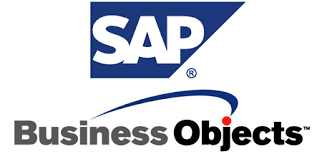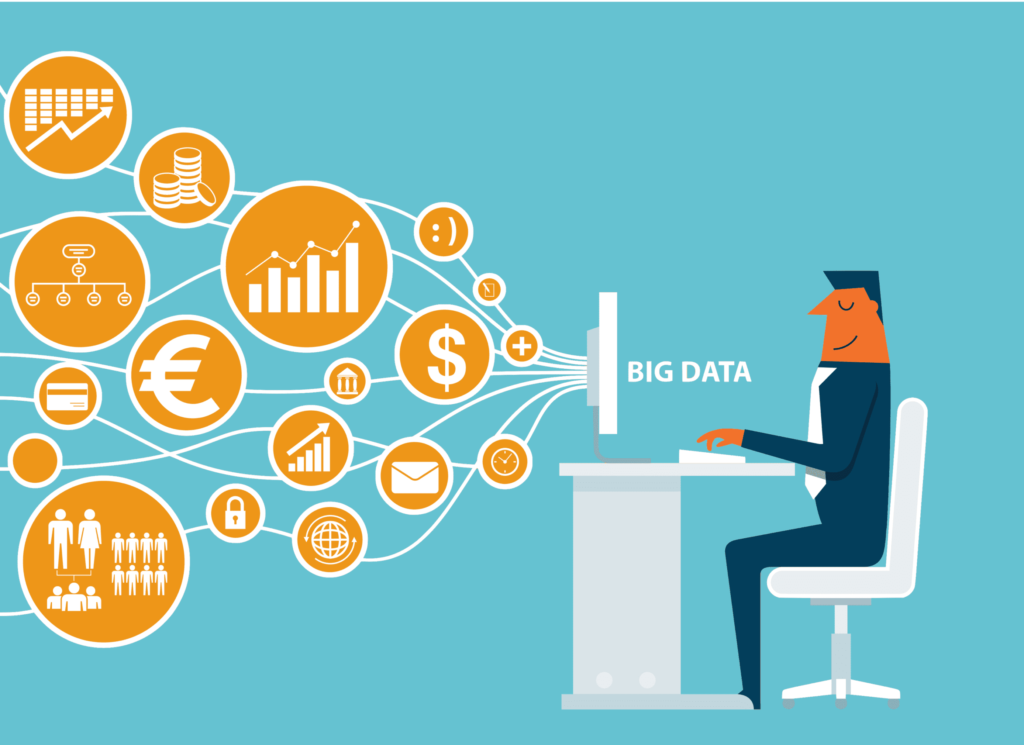The impact that smart technology is being seen across industries - right from the government to agriculture and everything in between. In today's extremely data-centric age, any organization that wants to grow needs to focus on this smart tech and other related disruptive technologies. Predictive analytics is one such area which is making its presence felt. Future-focused businesses are already taking full advantage of predictive technology, be it banking, retail, marketing and even healthcare.
But the Utilities industry is one arena where predictive analytics can be very well applied - and it needs to happen on a fairly large scale. Afterall with technology advances like the use of smart grids, other intelligent devices on a power grid, the utility sector needs to ensure that its assets are well maintained and monitored at all times - and predictive analytics is a great way of doing that.
Here's some ways how predictive analytics can help utility companies in the coming future.
1. Analyzing growing data
Introduction of technology like smart grids, utility companies are now generating much more data than they traditionally did. This is an amazing thing as long as this data is analyzed, processed and used. Predictive analytics can make it easier for these companies to use the data and get actionable insights from it. Interactive dashboards, reports and other query tools can help capture data from multiple sources and make it available in a single solution - thus making it easy to gather some very valuable business insights which was practically impossible earlier.
2. Better asset management
Probably the worst nightmare for a utilities company would be the unexpected failure of an asset. The malfunction of a single component can have a domino effect on their entire operations, leading to huge repercussions. Predictive tech can be a boon in this area. Predictive asset maintenance can help preempt such failures before they happen and also help in demand response management leading to lesser chances of failure.
3. Understand customer behavior
For most utilities, customer transactional data is recorded in multiple different systems. Web and mobile transactions are stored separately, so are the call center operations. Using advanced analytics, these industries can gain insights into their customers usage and behavior, help them improve customer service and plan for future customer needs better. Using analytics with NLP and machine learning, the industry can reduce the points of friction in getting new customers on-board as well as in making their life easier.
Collections is another key area for utilities. Using predictive analytics, they can understand customer segments and their payment behavior better - thus helping identify customers at risk for payment default.
All said and done, rolling out predictive analytics is not a quick and easy process. It needs proper planning and significant preparation. A company in the utilities industry cannot rely on trial and error for big data and predictive analytics implementation and should look for a trusted partner that can help them with their implementation needs.
NewGenApps has proven expertise in the field of BI solutions and big data implementation. If you are looking for a technology partner to help with your Big Data strategy, get in touch.




